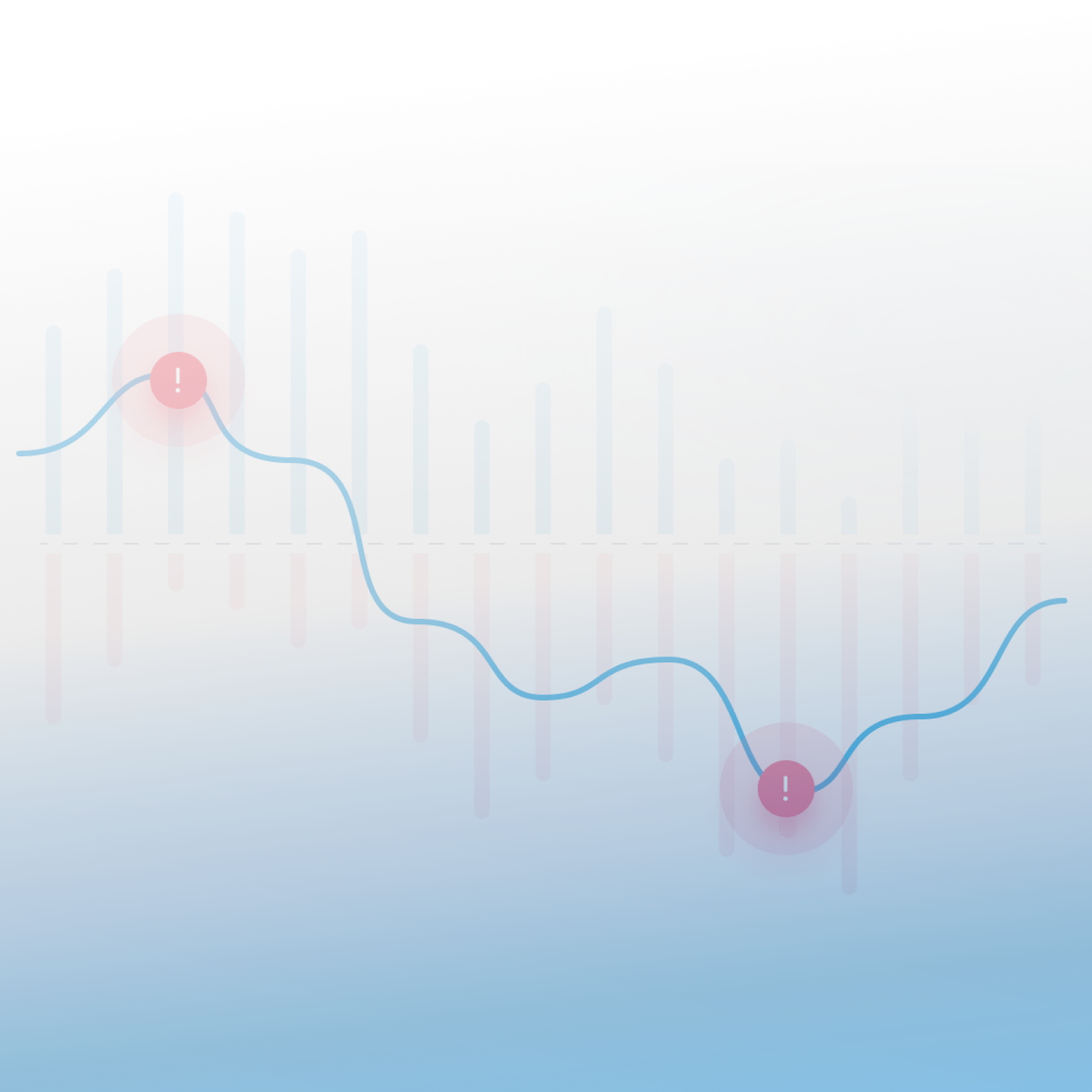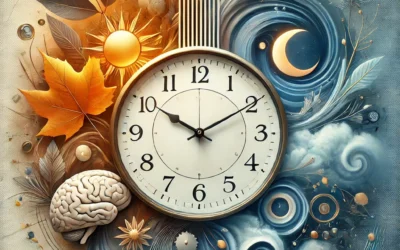Disturbances in circadian rhythms and, in particular, the development and occurrence of sleep deviations are one of the main symptoms in patients with bipolar disorder. Therefore, a large number of studies dealing with this illness have focused on ways to measure sleep and activity [1].
Recording and diagnosis of circadian system abnormalities, which includes sleep regularity, can be done by different methods. The methods can be divided into subjective and objective. Examples of subjective methods of sleep tracking include an anamnestic interview with a specialist, continuous tracking of sleep patterns (bedtime, falling asleep, waking up in the night) or subjectively perceived resting rate, which is tracked using a sleep diary. However, these methods may be biased by the patient’s ability to accurately record the variables of interest and appear to be more suitable for identifying sleep preferences, i.e. chronotypes, than for identifying the actual sleep patterns and functioning of the circadian system [2] [3].
On the other hand, objective methods measuring sleep parameters in patients with bipolar disorder are available. The first example is polysomnography, which is a comprehensive sleep examination usually performed in sleep laboratories. With polysomnography, a variety of physiological functions can be recorded to diagnose sleep disorders and circadian disruptions.
Another widely used objective method is actigraphy, which provides a 24-hour record of movement using an actigraph. An actigraph is a portable device with a sensor (an accelerometer), usually in the form of a small wristband, that records body movement in three axes. It measures the frequency, acceleration and direction of movement. The motion recordings can then be differentiated from the large number of parameters obtained into active movements during the day or as sleep activity [3] [4].
Measurements using polysomnography and actigraphy appear to be comparable and the results of the recordings agree in up to 90% [5] [6].
Thus, actigraphy can be considered as a simple, objective method of measuring sleep and movement patterns in a natural environment that reduces the risk of subjective distortion and places no additional demands on the patient beyond wearing an actigraphy sensor.
Research focusing on actigraphic measurements in patients with bipolar disorder points to visible differences in movement patterns compared to controls or across disease phases.
From a literature review of current research, we can present, for instance, the findings of a systematic review that reported significantly lower overall rates of daily physical activity in patients with bipolar disorder compared to healthy controls [7]. Other studies point to differences in individual actigraphic records relative to the current phase of illness, with the average activity of an individual being higher in a manic episode compared to a depressive episode [8].
The actigraphic record of patients with bipolar disorder may also differ from patients with other psychiatric disorders. Research by Smagula and colleagues retrospectively revealed increased irregularities in rest or sleep activity within the hypomanic or manic phase in persons initially diagnosed with depression [9].
Actigraphy has a great potential to easily and accurately record physical activity, sleep, and abnormalities in the functioning of the circadian system. However, the analytical processing and interpretation of the acquired data are crucial in these respects [3].
Actigraphy in psychiatry also offers itself for use in clinical practice, not only in research. Through the detection of the individual course of the disease and the identification of the phase of the disease, diagnostic decisions, the setting of appropriate treatment and early intervention by a specialist can be supported.
In addition to summarizing the current knowledge in the field of actigraphic measurement in psychiatry, this article reveals the main reasons why we see the unique value in the Mindpax system. On the one hand, we enable a subjective record from the patient, on the other hand, we rely on objective data, their extensive mathematical and statistical analysis, in an attempt to provide the most accurate personalized overview of the development of patient´s disease.
[1] De Crescenzo, F., Economou, A., Sharpley, A. L., Gormez, A., & Quested, D. J. (2017). Actigraphic features of bipolar disorder: A systematic review and meta-analysis. Sleep Medicine Reviews, 33, 58–69. https://doi.org/10.1016/j.smrv.2016.05.003
[2]Chokroverty, S., & Ferini-Strambi, L. (Ed.). (2017). Oxford textbook of sleep disorders.
Oxford University Press.
[3] Murray, G., Gottlieb, J., Hidalgo, M. P., Etain, B., Ritter, P., Skene, D. J., Garbazza, C., Bullock, B., Merikangas, K., Zipunnikov, V., Shou, H., Gonzalez, R., Scott, J., Geoffroy, P. A., & Frey, B. N. (2020). Measuring circadian function in bipolar disorders: Empirical and conceptual review of physiological, actigraphic, and self‐report approaches. Bipolar Disorders, 22(7), 693–710. https://doi.org/10.1111/bdi.12963
[4]Kaplan, K. A., Talbot, L. S., Gruber, J., & Harvey, A. G. (2012). Evaluating sleep in bipolar disorder: Comparison between actigraphy, polysomnography, and sleep diary: Evaluating sleep in bipolar disorder. Bipolar Disorders, 14(8), 870–879. https://doi.org/10.1111/bdi.12021
[5]Mercer J, Bootzin R, Lack L. Insomniacs perception of
wake instead of sleep. Sleep 2002; 25: 564–571.
[6]Mullaney D, Kripke D, Messin S. Wrist-actigraphic
estimation of sleep time. Sleep 1980; 3: 83.
[7] De Crescenzo F, Economou A, Sharpley AL, Gormez A, Quested DJ. Actigraphic features of bipolar disorder: A systematic review and meta-analysis. Sleep Med Rev. 2017;33:58-69.
[8].Scott J, Murray G, Henry C, et al. Activation in Bipolar Disorders: A Systematic Review. JAMA Psychiatry. 2017;74(2):189-196.
[9]. Smagula SF, Krafty RT, Thayer JF, Buysse DJ, Hall MH. Rest-activity rhythm profiles associated with manic-hypomanic and depressive symptoms. J Psychiatr Res. 2018;102:238-244.



